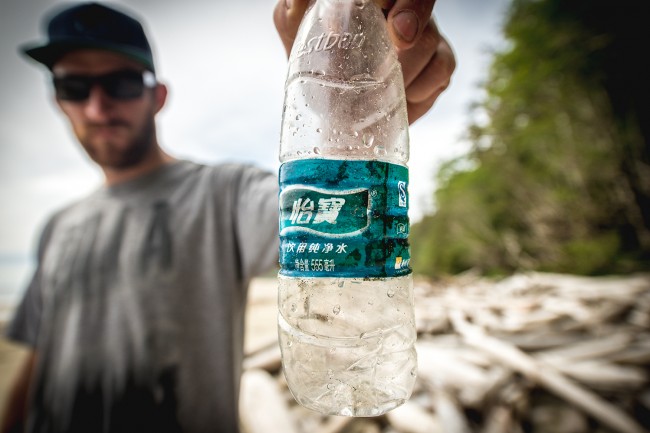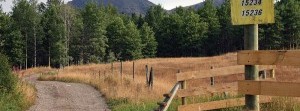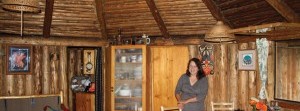
Photo Credit: Talon Gillis
On Beaches
There’s a moment that happens when you’re walking along a beach, the sound of the ocean on one side, the forest on the other. You feel swallowed up by nature. Everything smells good. You scan the ground as you walk, not looking for anything specific. A brightly coloured shell catches your eye; maybe an interesting piece of kelp forms a strange shape that reminds you of something. The natural world takes over, and it feels right. And then, something intrudes: an unnatural colour or a shape too rigid and forced to be in this place. Garbage.
Beaches everywhere are accumulating garbage. Plastic that doesn’t degrade is chipped away into smaller and smaller pieces, entering into the food chain as marine species ingest the detritus of our consumerist culture. Chunks of styrofoam bob in the waves like weird little icebergs. Will our future beaches be wastelands of tide-strewn trash? Or can we restore our coastline to its natural state?
The newly formed Rugged Coast Research Society isn’t waiting for a dystopian future to arrive. The group of young biologists, professionals, surfers, and conservationists are working on a plan to document and map the current extent of plastic debris on BC’s remote coastline—and then do something about it.
This past spring, a crew of seven spent five days exploring, counting garbage, and coming up with a plan for finding the funding required to conduct research and, ultimately, start significant cleanup initiatives. Anchoring offshore, they swam and surfed to seemingly pristine beaches, and found old tires, propane bottles, fishing totes, and of course plastic of all shapes and sizes. Photographer Talon Gillis was there to capture the beginning of a new future for BC beaches.
- Matt J. Simmons
Find out more at ruggedcoastresearch.com.











